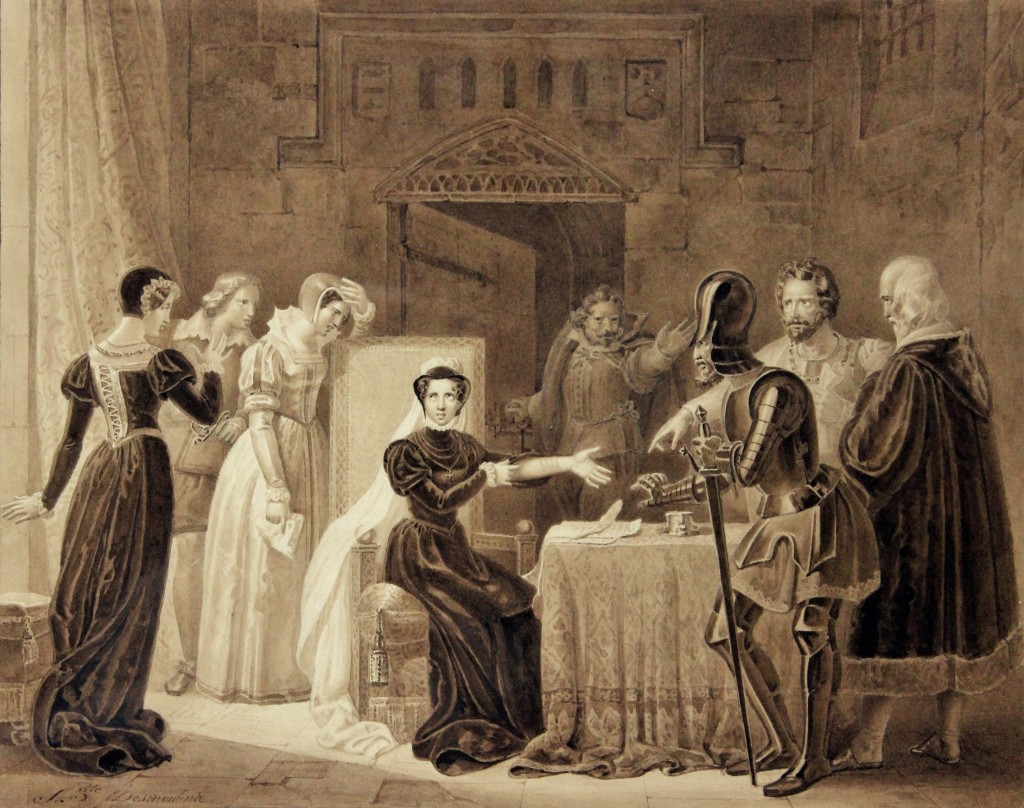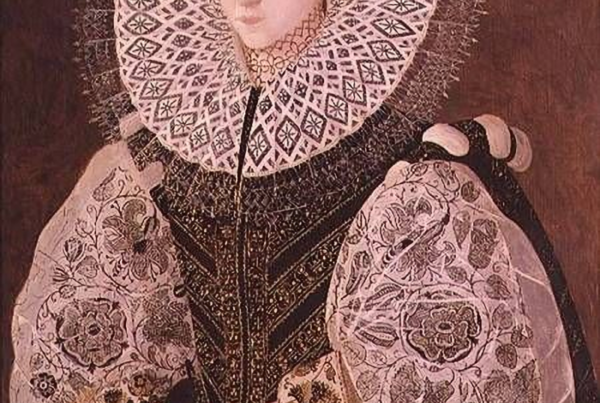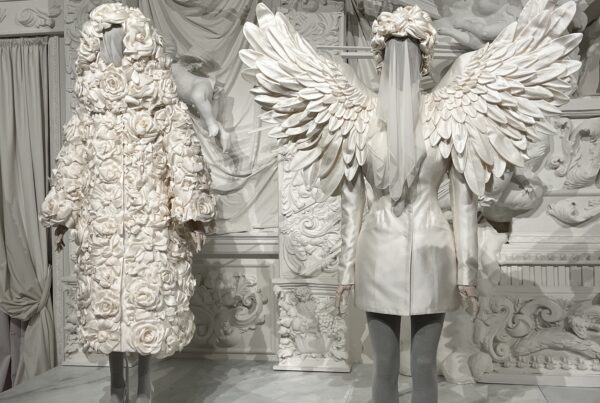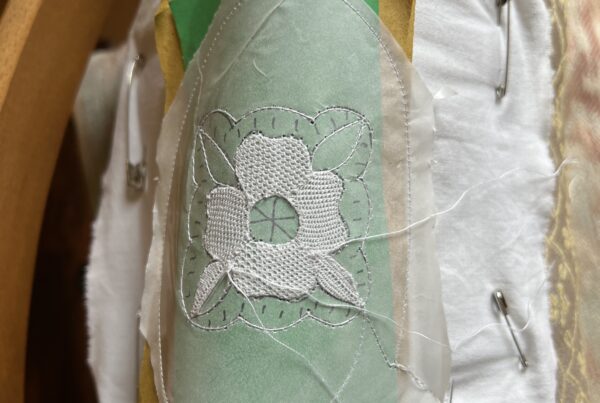Today, let’s step into the captivating world of Mary Stuart, the Queen of Scotland whose life reads like a gripping historical drama. Her youth unfolded in the opulent courts of France, under the watchful eyes of King Henry VIII and Catherine de’ Medici. Little did she know that her mastery of the art of embroidery, instilled by none other than the Queen of France herself, would become not just a symbol of grace but a potent tool of influence.
In the world of European royalty, where power struggles and sudden falls from grace were par for the course, Catherine de’ Medici had a profound lesson to impart. To Mary, she declared that every woman, even a queen, needed essential skills to navigate the treacherous waters of court life. Among the arts, languages, and texts Mary was exposed to, embroidery stood out as the visual language of French high society.
Embroidery was more than mere ornamentation; it was a medium of expression. Through intricate stitches, fabrics became a canvas for personal symbols and monograms, conveying messages that went beyond words. The choice of colors and symbolism represented alliances, friendships, and, most importantly, power. In the world of embroidered fabrics, messages were not whispered but proclaimed loudly.
Mary’s early life was marked by power struggles, and she understood the art of influence better than most. Fleeing France after her husband’s death, she embarked on a journey back to Scotland, carrying with her a treasure trove of regal attire. Dresses, drapes, linen, capes, and yards of cloth adorned with precious gems and intricate embroidery were her companions. These weren’t just lavish possessions; they were her protective armor and a tangible assertion of her birthright.
During her nineteen-year captivity in England under Elizabeth I’s rule, embroidery became Mary’s refuge and her uncensored form of expression. She embroidered symbols and autobiographical images, including one depicting herself as a mouse and Elizabeth as a red cat, a subtle commentary on their tumultuous relationship. Even as she faced despair and confinement, Mary’s needle and thread remained her steadfast companions.
In a desperate bid to mend her relationship with Elizabeth, Mary sent her embroidery as gifts. One such gift was a stunning red satin skirt adorned with embroidered cardoons and roses in silver thread, symbolizing the connection between Scotland and England. These gifts were public declarations of friendship and intimacy, yet they didn’t secure her release.
As her life took a tragic turn and her attempt to assassinate Elizabeth was discovered, Mary faced the gallows. In her final moments, she had one last message to convey. She discarded her black dress and white veil, standing before death in a petticoat with blood-red sleeves, a symbol of martyrdom.
While much of Mary’s embroidered legacy has been lost to time, the stories and testimonies of her exquisite works endure. Her needlework was more than just a pastime; it was her voice, her diplomacy, and her enduring legacy in the annals of history.




